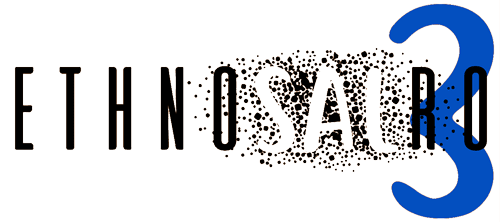Main objective
The main objective of the project is to produce a complete ethnoarchaeological referential based on complex researches in areas with salt resources from the Inner-Carpathian area of Romania. By corroborating the previous results obtained for the extra-Carpathian area of Romania, it will be possible to produce the world’s first ethnoarchaeological research, unitary from all points of view, of a major saliferous region of the world.
OBJECTIVES
2017
- Developing the ethnoarchaeological database for Harghita, Mureș and Bistrița-Năsăud counties (salt springs and salt outcrops) (50 %);
- Valorising the ancient, medieval, and modern literary sources regarding the exploitation and uses of natural salt water and rock salt;
- Reconstructing the prehistoric and proto-historic exploitation of salt in the Inner-Carpathian area;
- Identifying the salt roads of the Carpathian Basin;
- Establishing the connections between the local transport and the transport along the major salt roads;
- Increasing the international visibility of the project.
2018
- Developing the ethnoarchaeological database for Harghita, Mureș and Bistrița-Năsăud counties (salt springs and salt outcrops) (50 %);
- Developing the database regarding the salt springs and salt outcrops in Cluj, Alba and Sibiu counties;
- Determining the range of non-industrial uses of the salt originating from salt springs and salt outcrops in the historical present (i.e. the last century);
- Determining the distribution areas of non-industrially exploited salt springs and salt outcrops;
- Elaborating a database regarding the distribution of brine, recrystallized salt, and rock salt;
- Critical application of ethnographic analogies for explaining archaeological situations and phenomena (in the Inner-Carpathian area of Romania);
- The identification of the routes and manners of traditional salt supplying of eastern and southeastearn Transylvania from Moldavia and Wallachia;
- The identification of the routes and manners of traditional salt supplying of eastern and southeastearn Transylvania from Moldavia and Wallachia;
- Increasing the international visibility of the project.
2019
- Developing the database regarding salt springs and salt outcrops in Brașov, Covasna and Maramureș counties;
- Modelling the distribution network of salt-spring brine (spatialising information concerning the distribution of salt coming from salt springs and salt mountains);
- Ascertaining the human behavioural constants in the selecting the points of exploitation of salt from salt springs or salt outcrops, given the abundance of salt in various microzones;
- Final synthesis of the project research results;
- Elaborating a synthesis on the implications of the project results in the economic and social fields;
- Increasing the international visibility of the project.

